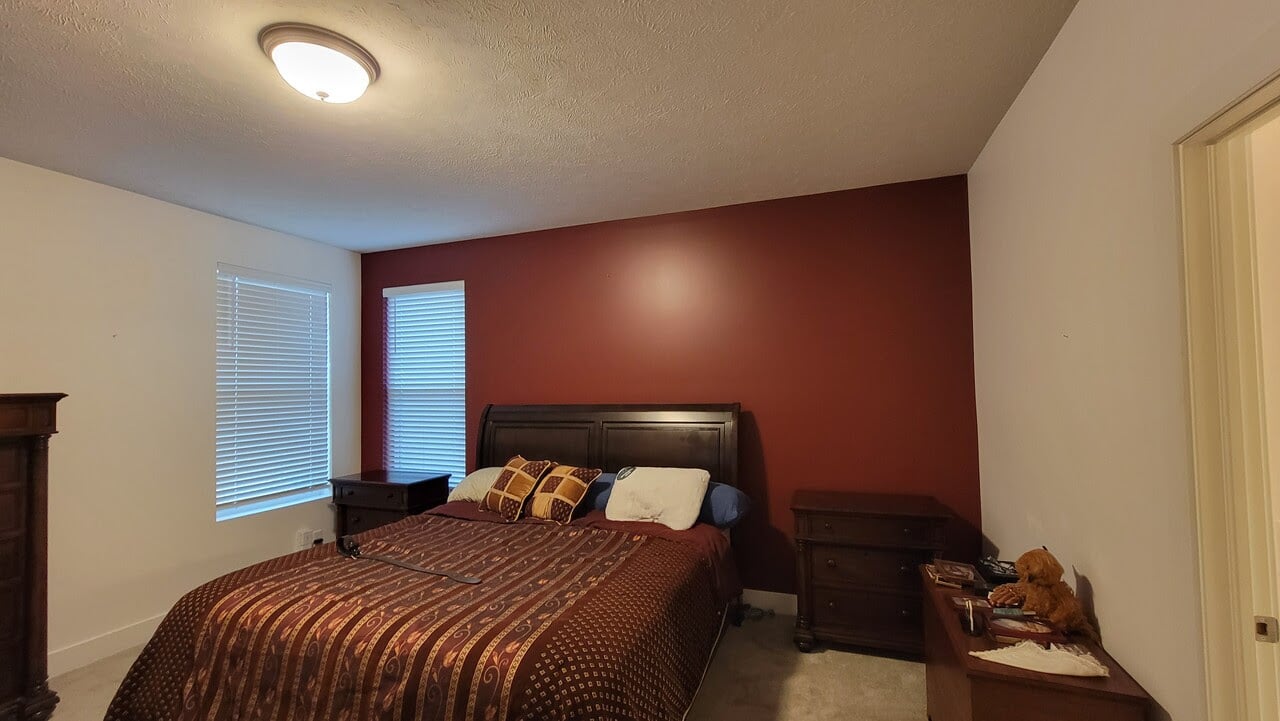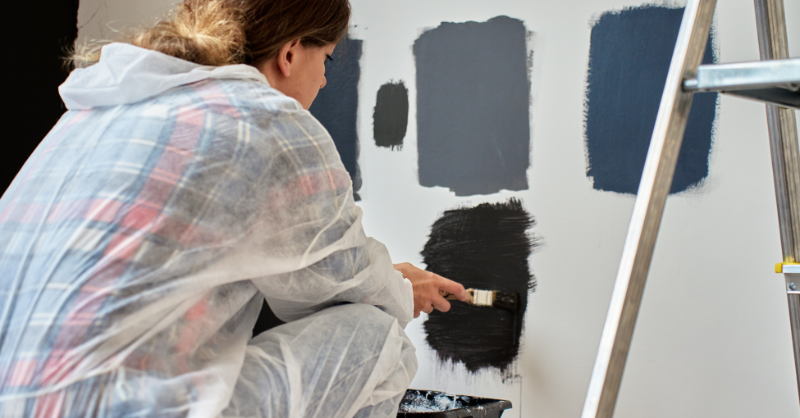How To Paint Moldings Effectively In Omaha, NE: 5 Steps To Follow
October 27th, 2019
2 min read
By Bill Carlson

Looking for ways to paint your interior moldings effectively in Omaha, NE?
We’ve got you covered in this article. Painting interior moldings can be quite tricky as it requires the most time and patience.
For effective mold
painting, check out the following details steps and tips;
1. Choose your brushes
When it comes to
buying a brush, the vast amount of choices can be quite confusing. For the
moldings, we suggest to have two different brushes:
- Primer; use angled brush, 3 inches wide. 2 inches to 2.5
inches for a small molding. - Paint: angle brush, 2 inches if your molding is wide, 1 inch
to 1.5 inches for a small molding.
2. Choosing the right paint
Whatever the color
you’ve chosen, it is advisable, if your budget allows, to prioritize a high-end
paint that will last longer. You will be able to clean your moldings repeatedly
without worries. You will also avoid having to repaint them too often. In terms
of finish, semi-gloss finish is the most suitable for moldings. Choose a paint
that is suitable for the surface to be painted: wood, prefinished, already
painted molding, or new molding never painted.
3. Clean, repair and sand the moldings
· Clean –Clean all
moldings to be painted with a sponge or damp cloth. You can use a cleaning
product designed for such surfaces before painting. You will find these
products in hardware stores.
· Restore – Using a
filler, seal any holes, and imperfections on your moldings. You can use a putty
knife and apply a thin layer to holes or holes. Seal the gapping joints at the
end of the moldings too.
· Sand –Even if you
didn’t repair your moldings, the sanding step remains essential and will ensure
better adhesion of your paint. Sand your moldings gently to make sure they are
smooth to the touch.
· For new moldings:
120 grit sandpaper and for rougher or damaged moldings: 80 grit sandpaper would
be sufficient.
4. Apply the primer
With your primer brush
(see Step 1), apply the first coat. If you also need to paint your wall, you do
not need to use masking tape as your wall will be painted with the same primer.
However, protect your floor with canvas drop cloths before you start painting.
If you need to paint your moldings, use the masking tape to avoid ruing your
wall paint.
It is crucial to
observe the drying time. It is generally between 1:30 and 2 hours, but be sure
to check on the label. When the primer is completely dry, sand your moldings
(gently) again to make sure they are smooth before applying the coat of paint.
5. Paint the moldings
For the last step, but
not least, use your narrower brush to paint your moldings. That will allow you
to apply just the right amount of paint without overdoing it. If you’re
painting your walls as well, it’s advisable to start with the moldings. Do not
forget to observe the drying time of the paint, as well. It is generally
recommended to let your paint dry for 3 to 4 hours and apply two coats to make
sure you get the best coverage and quality.
Tip: Remove the
masking tape before the paint is completely dry. Go ahead and remove it a few
minutes after completing the application. Removing the ribbon too late can
cause your paint to pill.
Conclusion
Although these steps
may seem lengthy and require a little more time, they will save you from having
to start over in a few months when the paint starts peeling. Also, even if you
have to change the color of your wall, you don’t have to repaint your moldings
every single time. So quality will go a long way.
If you need any
professional help with painting your moldings and interior painting in Omaha,
NE, our team at Brush & Roll Painting can help. We have years of experience
and a long list of happy clients we would love you to join.
To get started with
us, book a FREE estimate below or call us on 402-932-9764 for more
information.
Bill is the owner and operator of Brush & Roll Painting. Bill Carlson is a second-generation painter. He grew up working with his father’s painting and restoration company. After graduating from Bennington High School, he served in the US Navy, traveling with the boxing team. While this was a great opportunity to see the world, it also made him realize how much he loved his little world here in Nebraska. He settled back into the painting industry, working with his brother. It wasn’t long before Bill’s entrepreneurial spirit pushed him to start his own business. Always one for a challenge, he longed to prove to himself that he could be as successful on his own as both his dad and brother were.
Topics:







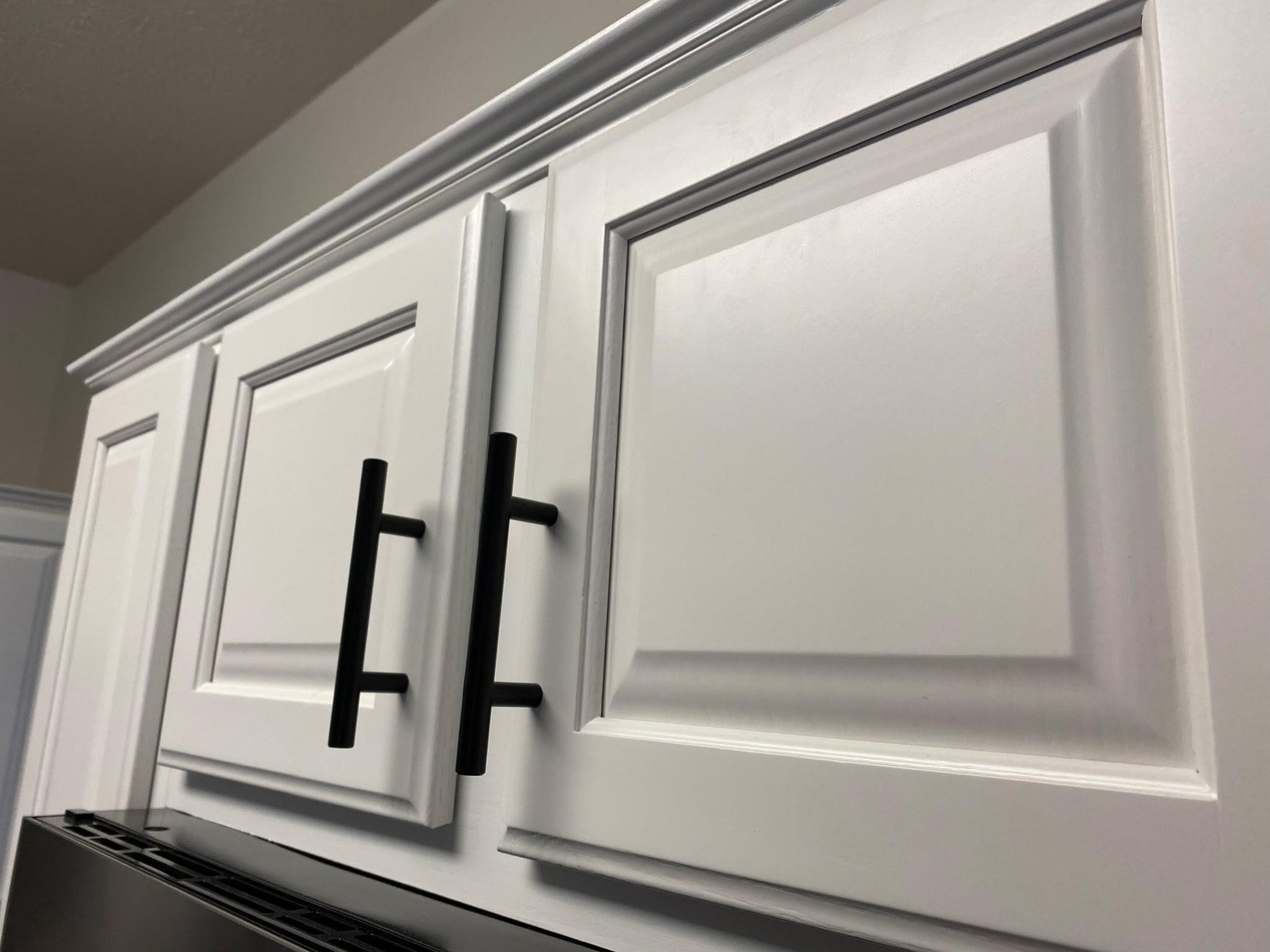
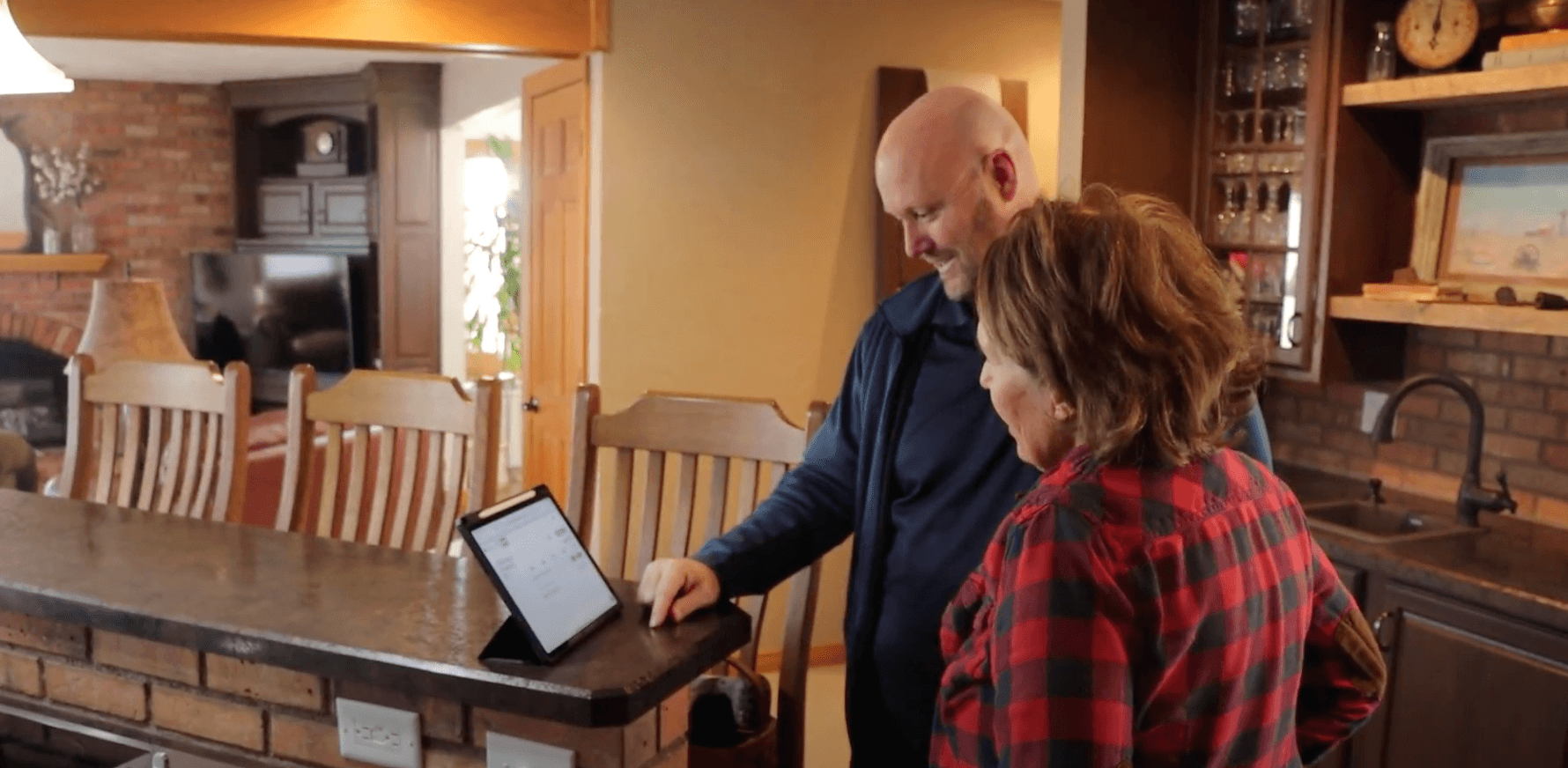
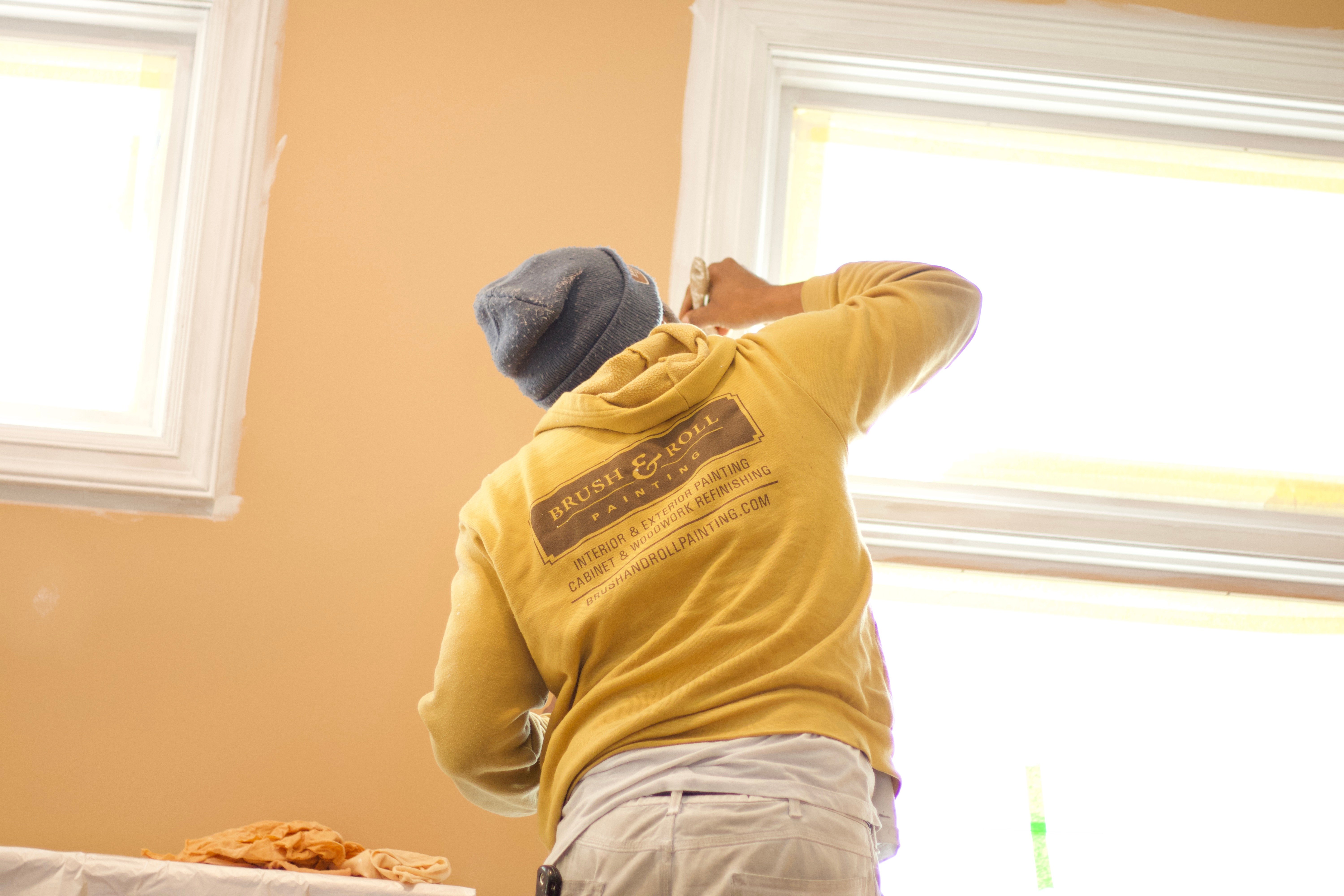
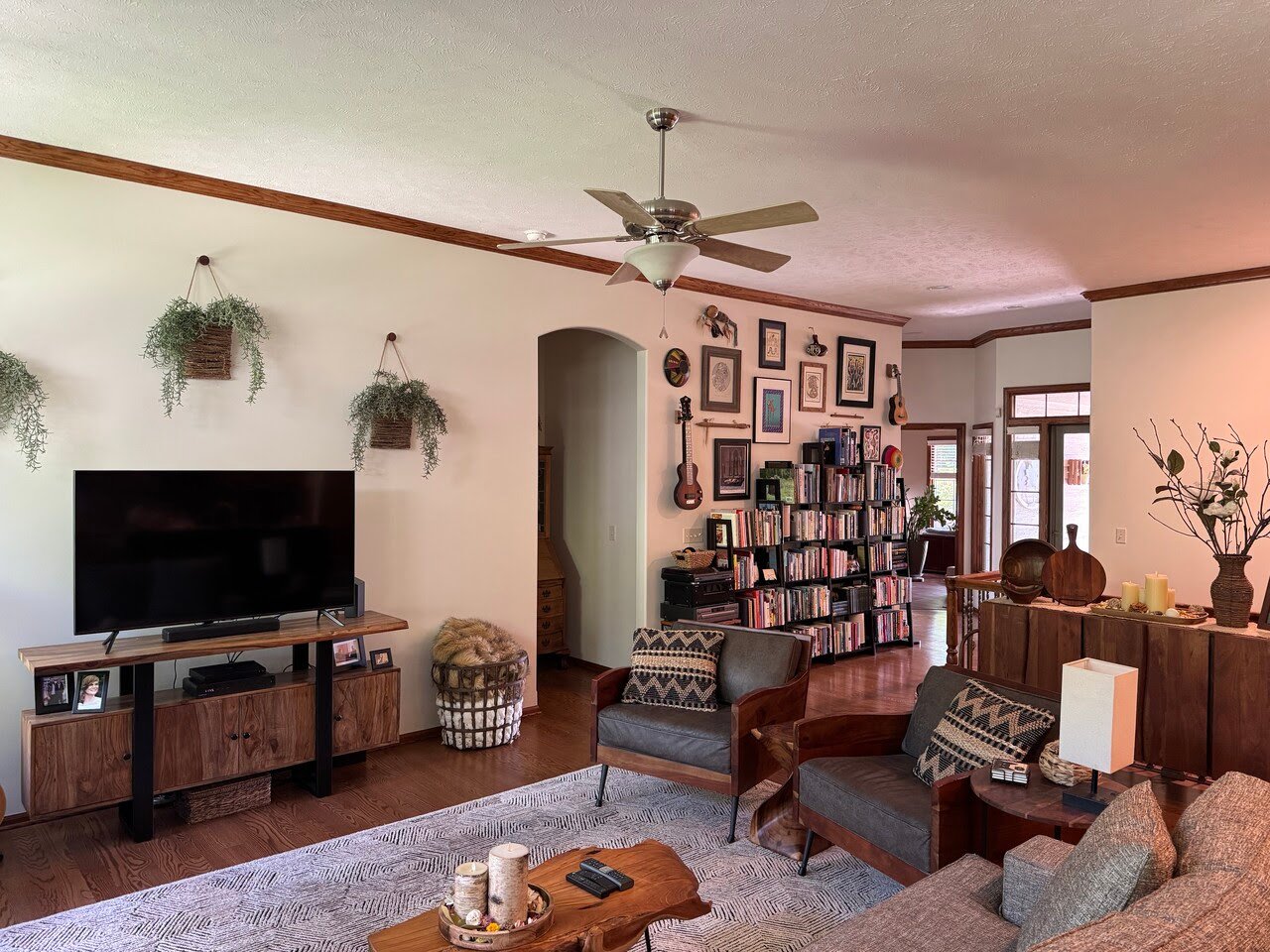

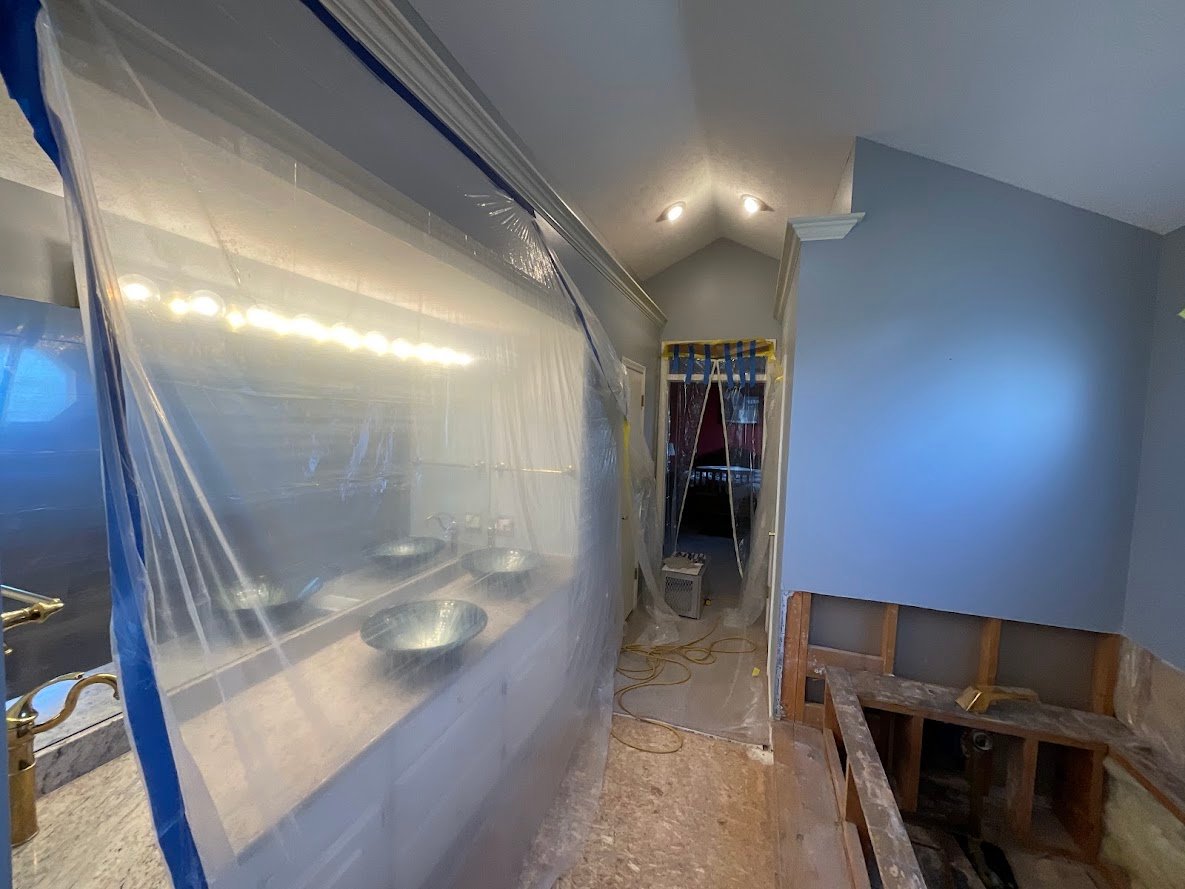
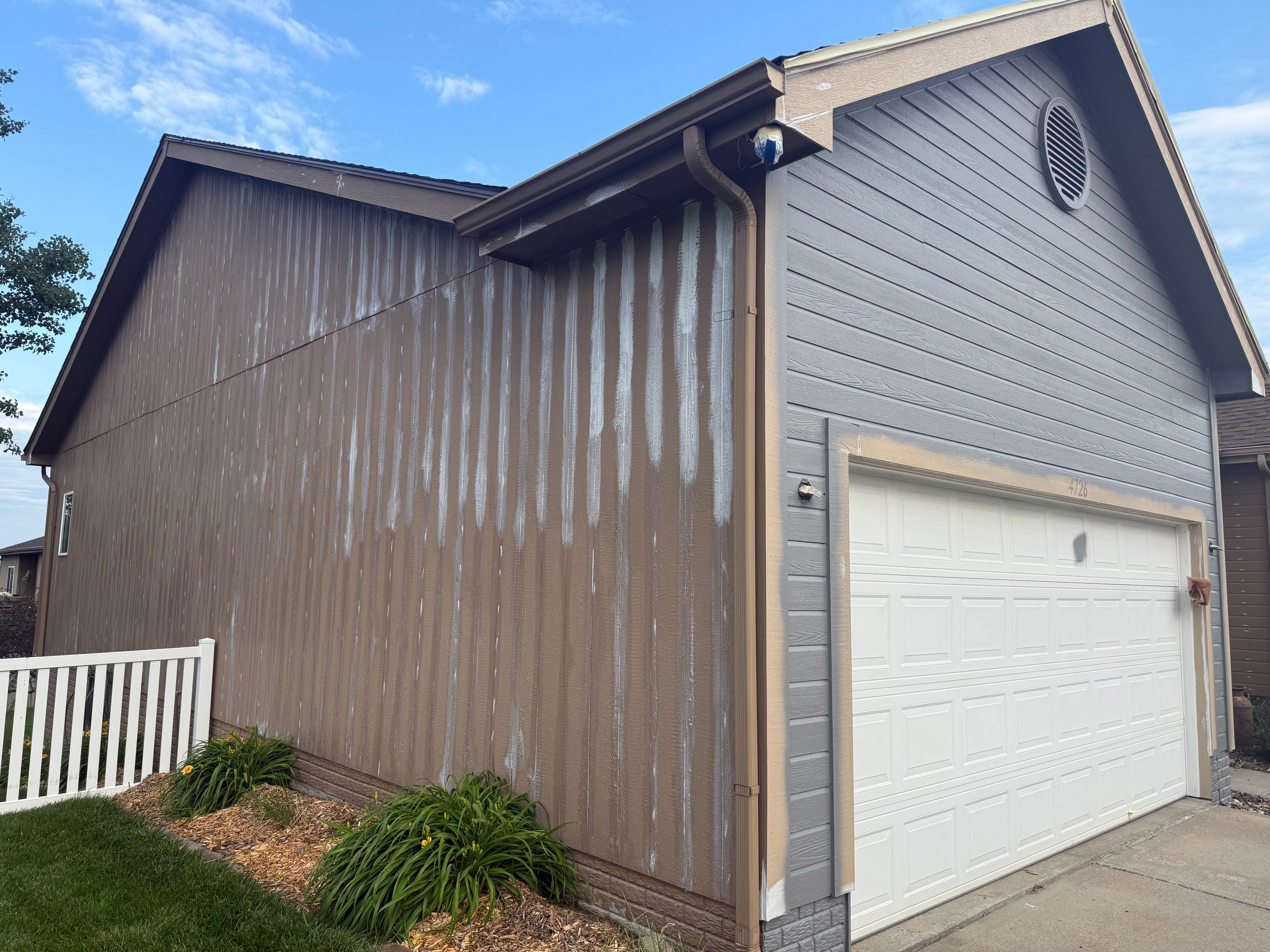
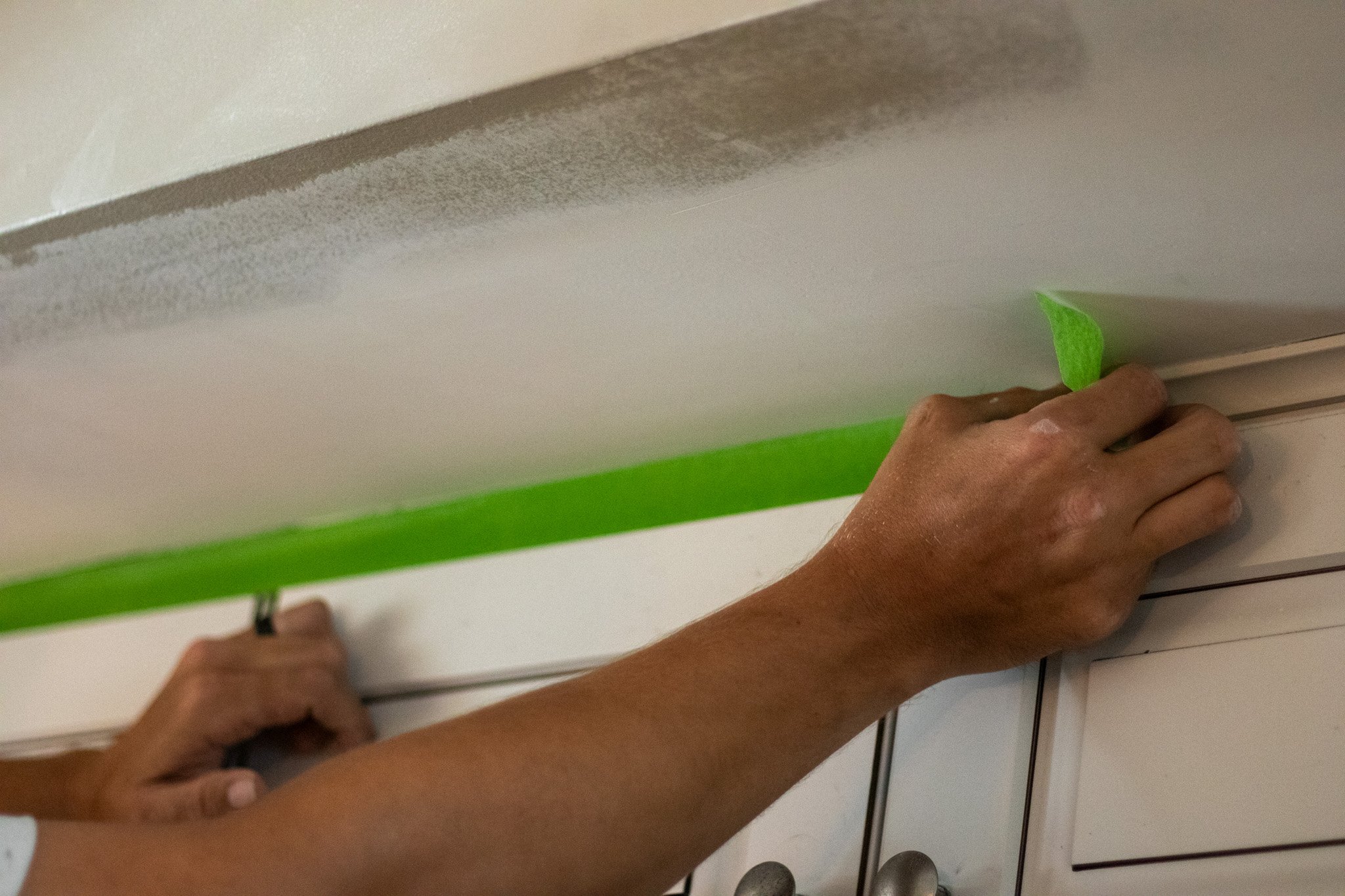
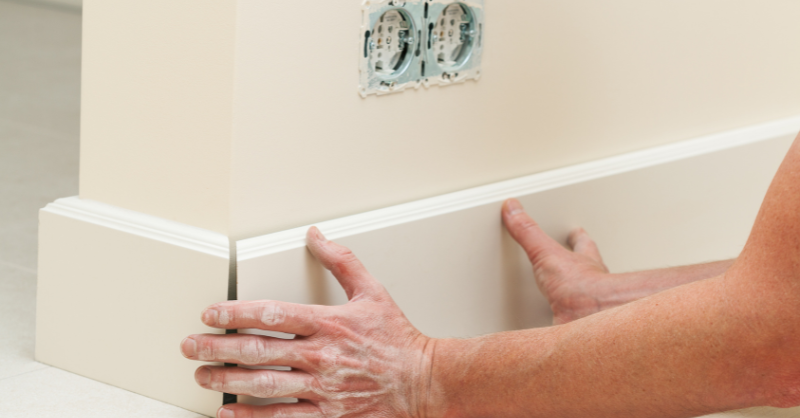
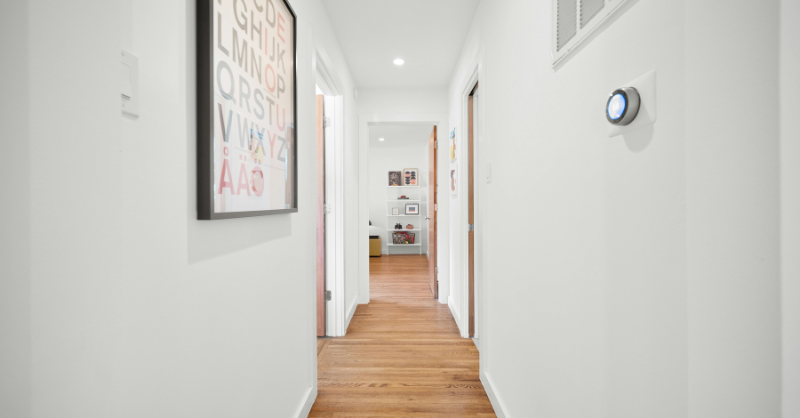
-1.jpg?width=1280&height=721&name=Havens%20after%204%20(1)-1.jpg)
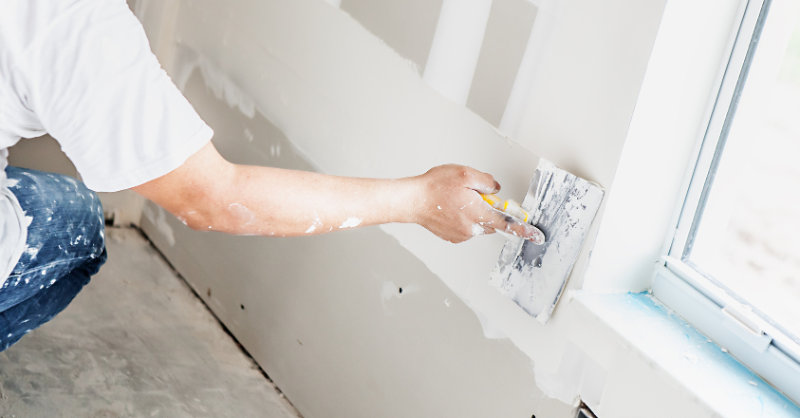
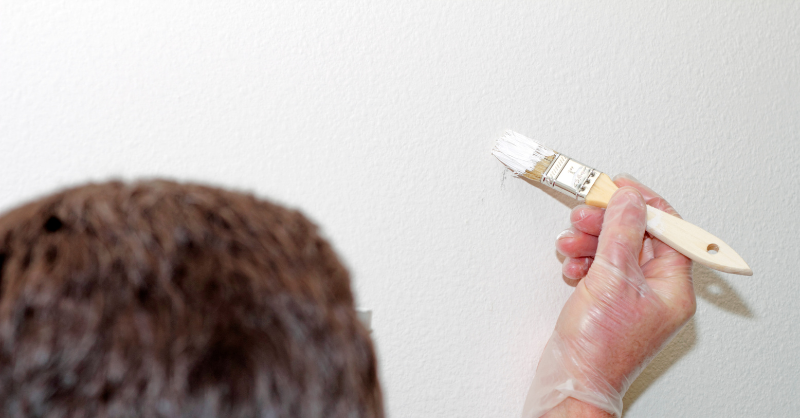
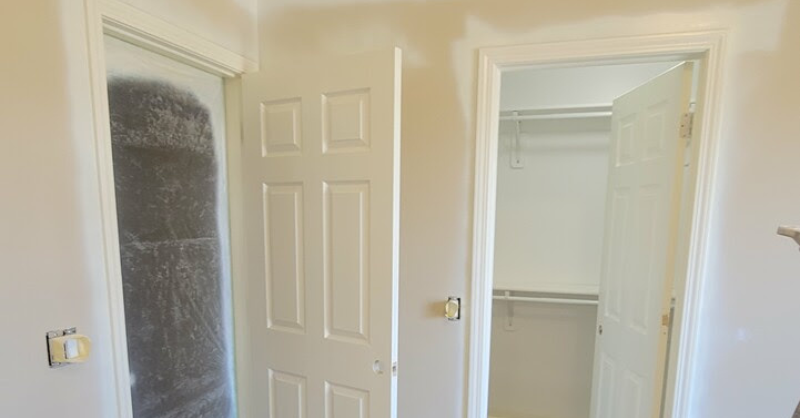
-Jul-03-2025-01-33-31-8507-PM.png?width=800&height=418&name=Blog%20Post%20Image%20Size%20(1)-Jul-03-2025-01-33-31-8507-PM.png)
